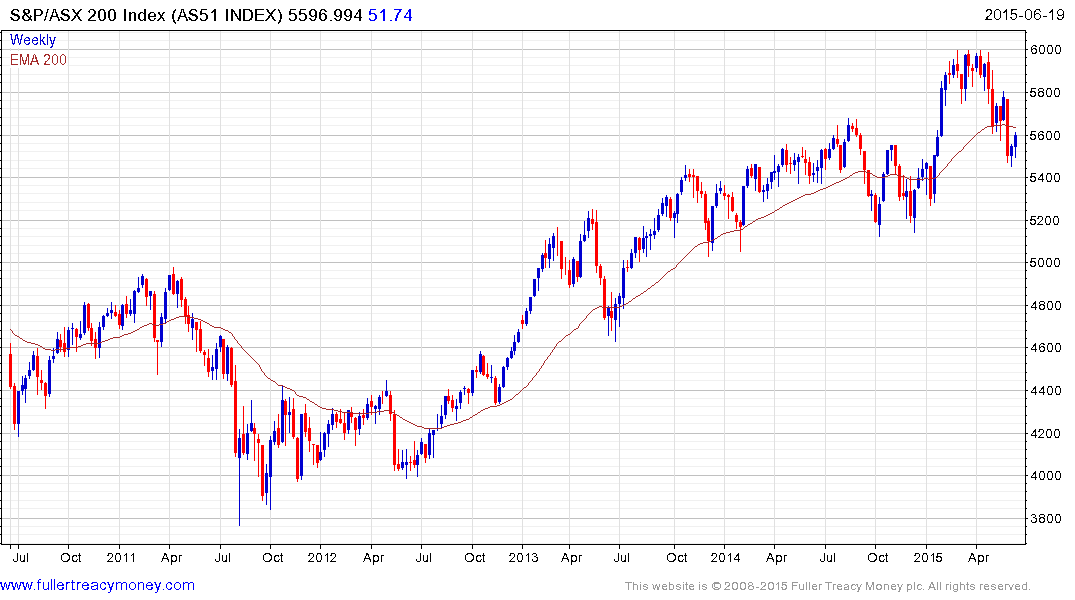Kiwi Sinks as N.Z. Growth Slowdown Backs Case for More Rate Cuts
This article by Kevin Buckland and Netty Ismail for Bloomberg may be of interest to subscribers. Here is a section:
“We need a period of a softer exchange rate,” New Zealand Finance Minister Bill English said in an interview with CNBC.
The New Zealand dollar is the worst-performing developed- market currency this year, dropping 12 percent against the greenback.
Swaps traders see better than 50 percent odds the Reserve Bank will cut rates to below 3 percent by year-end, swaps data show, after policy makers unexpectedly reduced borrowing costs by a quarter point on June 11. RBNZ Governor Graeme Wheeler said “further easing may be appropriate.”
?“2015 started with a whimper,” Michael Turner, a Sydney- based fixed-income strategist at Royal Bank of Canada wrote in a client note. “We continue to see a cut in July.”
New Zealand raised rates by 1% in 2014 which contributed to the currency’s relative strength. It is difficult to be among the only countries in the world raising rates and the prospect of an unwinding of these rate hikes is now looking increasingly likely.

The Kiwi completed a Type-3 top in January and encountered resistance in the region of the 200-day MA from late April. It has developed a short-term oversold condition following nine consecutive weeks of declines versus the US Dollar but a clear upward dynamic will be required to check momentum beyond a brief pause.

In nominal terms, the New Zealand stock market remains in a reasonably consistent uptrend and is currently engaged in a reversion towards the mean.

Redenominated to US Dollar the Index hit a new reaction low today and a clear upward dynamic will be required to question potential for additional downside.
.png)
Meanwhile the Australian Dollar has at least steadied in the region of 75¢ but a sustained move above the 200-day MA would be required to question the consistency of medium-term downtrend.

The S&P/ASX 200 found at least near-term support in the region of 6450 this week and will need to hold that level if medium-term potential for higher to lateral ranging is to continue to be given the benefit of the doubt.



